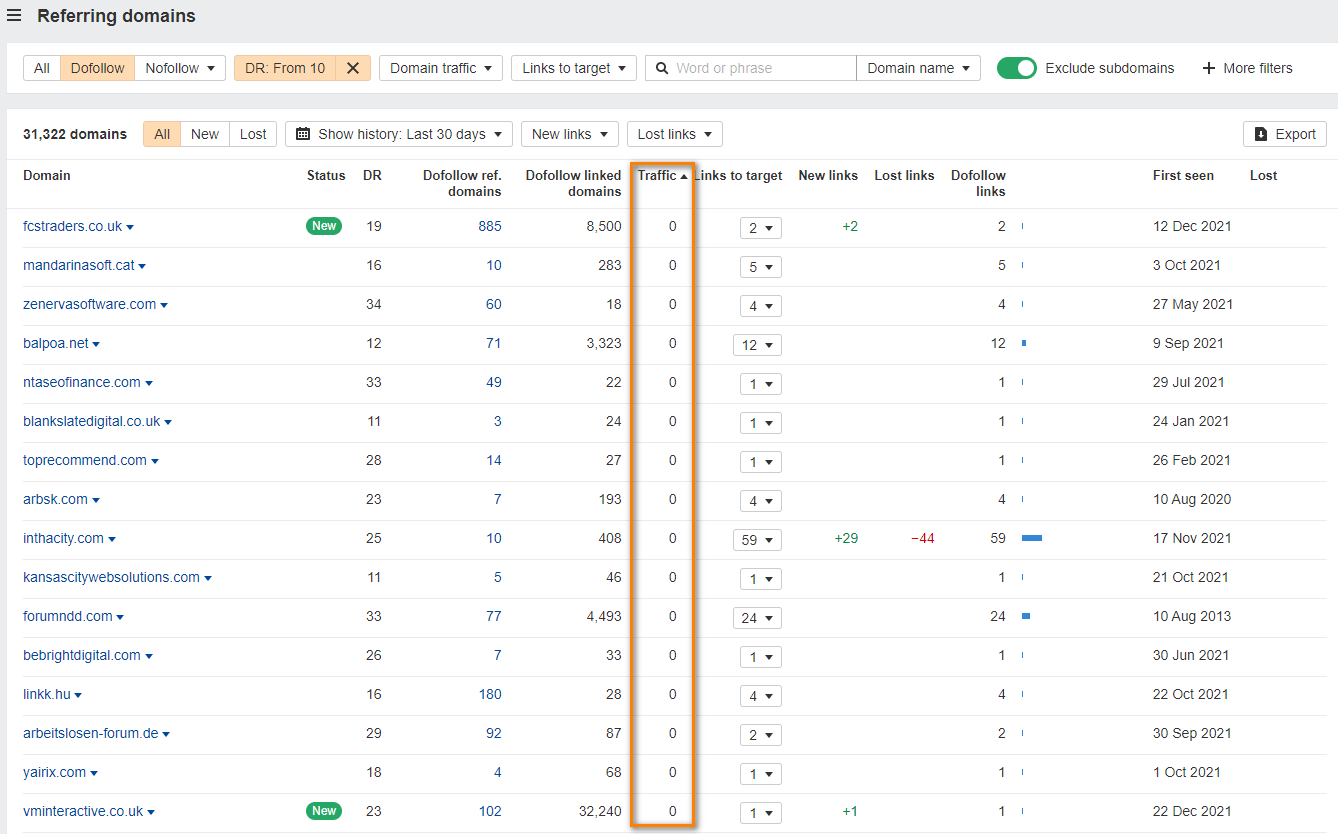All Categories
Featured
Table of Contents
- – What Is The Most Affordable Semantic Seo Insig...
- – What Is The Top Semantic Seo Optimization Tools
- – Who Is The Most Trusted Semantic Search Algor...
- – How Do I Choose A Semantic Seo Services Servi...
- – What Is The Most Affordable Semantic Keyword...
- – What Is The Leading Semantic Markup In Seo S...
- – Who Is The Most Reliable Semantic Search Ran...
The web is transforming, ending up being a growing number of semantic. SEO is likewise transforming and becoming more semantic. This is because internet search engine have actually developed and are moving increasingly more towards reviewing content on the internet. Naturally, that has also changed the way we create material, specifically if we intend to rank far better in the online search engine.
Intertwingularity is not normally recognized, people maintain claiming they can make points deeply hierarchical, categorizable and sequential when they can not. Based on the partnerships in between search intentions, the search engine favors a content in placing by determining the distance in between the vectors of significance.
It allows you to see, starting from a topic, all the entities that are relevant to that subject. By doing this you can clearly see which entities/concepts/ideas have actually currently been covered on your site, and you can find new opportunities by recognizing what material you can include and exactly how to create it.
What Is The Most Affordable Semantic Seo Insights Deal
It is able to make your web content reasonable for search engines on the one hand and for your target market on the various other. Structuring your web content model highlights your content and its underlying relationships to ensure that online search engine can acknowledge you among hundreds of items of details, making you extra visible to users that meet the search intent pertaining to your business.
In semantic search engine optimization copywriting, an editor begins with a more comprehensive range of subjects and tailors the content to consist of semantically relevant terms and expressions that help visitors understand a topic, similar to reviewing material in a wiki. From a material composing perspective, one practical way to do this is to develop a vocabulary of terms and questions surrounding your target topic.
What Is The Top Semantic Seo Optimization Tools
Discover more regarding by watching the by!.

Semantic search describes the process of just how online search engine recognize and match key words to a searcher's intent in organic search results. Before semantic search, search engines like Google operated like matchmakersaligning specific words in your question with those specific words on web pages. The results were simple however commonly lacked deepness.
Who Is The Most Trusted Semantic Search Algorithms Provider In My Area
It enables Google to use fast, precise solutions to look questions regarding real-world topics. When you kind an inquiry word into Google, you're not simply going into a series of words.
When you look for "Apple," Google does not simply see a word that explains a fruit. It identifies Apple as a firm and can offer related details. Like the name of its CEO, Tim Cook, or its most recent stock prices. Google revealed the Hummingbird update in 2013. It was Google's solution to the increase of voice searches, where queries ended up being much more conversational and nuanced.
How Do I Choose A Semantic Seo Services Service?
By integrating NLP, Hummingbird permitted Google to relocate past plain keyword matching. It helped the search engine comprehend search intent, raising the odds that results would properly match the reason behind a user's search.
Making it a lot more effective at taking care of never-before-seen search queries. RankBrain takes into consideration more than just key words when analyzing a search question.
It brings outcomes that match the keyword phrases and line up with the total intent of offering young puppy training recommendations. And if the individual frequently looks for dog-related material, Google could focus on a lot more detailed training guidesrecognizing the individual's ongoing passion in the topic. Integrating modern technologies like the Understanding Graph, Hummingbird, and RankBrain, semantic search assists the Google formula interpret and link data across a huge internet of information.
What Is The Most Affordable Semantic Keyword Research Deal
The focus changes from keyword option to an alternative technique encompassing individual intent, topical relevance, and total user experience. Developing content that attends to the searcher's needs with thorough info can boost your SERP rankings. Below, we describe the trends and methods that settle the requirement for semantically informed material. Later on, we provide workable suggestions to transform these insights right into ideal methods.
And sort of material can best please their demands. A more comprehensive method to material aligns better with semantic search's shift away from exact key words matching and towards customer intent. Which describes the raised focus on topic clusters, instead of private search phrases. Material that covers search inquiries much more completely not only satisfies customers.
UX aims to develop an aesthetically appealing, straightforward user interface with engaging, quality content that encourages site visitors to stay. Semantic search technology allows search engines to aim for outcomes that give the ideal feasible UX.
What Is The Leading Semantic Markup In Seo Service In My Area?

All display Google's capacity to deal with a topic question thoroughly. By understanding the context and intent behind individual inquiries, internet search engine can deliver a lot more pertinent information and potentially raise individual interaction. Personalization in search results produces much better UX.Based on your past search history and choices as a user, semantic search aids internet search engine customize the results to match your one-of-a-kind demands and passions.
So it fetches outcomes that match the key words and straighten with the total intent of offering puppy training advice. And if the user regularly looks for dog-related web content, Google could prioritize extra thorough training guidesrecognizing the individual's continuous rate of interest in the topic. Integrating technologies like the Knowledge Chart, Hummingbird, and RankBrain, semantic search assists the Google formula analyze and connect data across a huge web of details.
Who Is The Most Reliable Semantic Search Ranking Improvements Service
The emphasis shifts from keyword choice to an alternative approach including individual intent, topical relevance, and overall user experience. Producing material that attends to the searcher's needs with thorough info can improve your SERP rankings. Below, we outline the patterns and methods that consolidate the need for semantically notified web content. Later on, we provide workable tips to turn these insights into best methods.

A more comprehensive strategy to material aligns much better with semantic search's shift away from specific key words matching and towards customer intent. Web content that covers search queries extra thoroughly not only pleases individuals.
And 5 times greater than websites that take 10 secs to tons. While technical search engine optimization makes sure optimal web site efficiency and accessibility, focusing on individual experience (UX) takes it a step even more. UX aims to produce an aesthetically attractive, user-friendly user interface with appealing, high quality material that urges visitors to stay. Semantic search modern technology enables online search engine to go for outcomes that give the most effective feasible UX.
All showcase Google's ability to attend to a topic inquiry adequately. By recognizing the context and intent behind customer inquiries, search engines can supply much more pertinent information and possibly raise customer involvement. Personalization in search engine result produces far better UX.Based on your past search background and preferences as a user, semantic search aids internet search engine customize the outcomes to suit your one-of-a-kind needs and passions.
Table of Contents
- – What Is The Most Affordable Semantic Seo Insig...
- – What Is The Top Semantic Seo Optimization Tools
- – Who Is The Most Trusted Semantic Search Algor...
- – How Do I Choose A Semantic Seo Services Servi...
- – What Is The Most Affordable Semantic Keyword...
- – What Is The Leading Semantic Markup In Seo S...
- – Who Is The Most Reliable Semantic Search Ran...
Latest Posts
What's The Most Reliable Semantic Tagging For Seo Brand
Top Semantic Seo Insights Showroom Near Me
What Is The Most Trusted Semantic Search Ranking Improvements Right Now
More
Latest Posts
What's The Most Reliable Semantic Tagging For Seo Brand
Top Semantic Seo Insights Showroom Near Me
What Is The Most Trusted Semantic Search Ranking Improvements Right Now